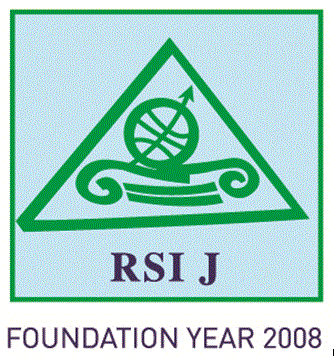Sergey KOZHEVNIKOV
Candidate of Sciences (Economic), Senior Researcher head of laboratory, Vologda Research Center of the RAS, Russia
kozhevnikov_sa@bk.ru
Abstract
The article presents the key features of the development of urban agglomerations at presents. There are shown the agglomeration processes features which are currently taking place in the Vologda region. It is justified that the monocentric Vologda agglomeration is being formed in the region. This is based on the research of the scientific literature, the main strategic documents and the use of the existing methodological tools. The tightness of the connection between the core and the reference territories has been proved on the basis of an analysis of key trends in the socioeconomic development of these municipalities in 1991-2016. On the basis of conducted sociological surveys of the inhabitants of Vologda and adjacent municipal districts, as well as heads of these municipalities, there were identified socio-economic, industrial, cultural and other links of these territories. There were identified the key challenges and threats for the further development of agglomeration processes and substantiated the priority directions for managing the development of the Vologda agglomeration.
Keywords: city, urban agglomeration, sociological survey
JEL classification: R12
read more
